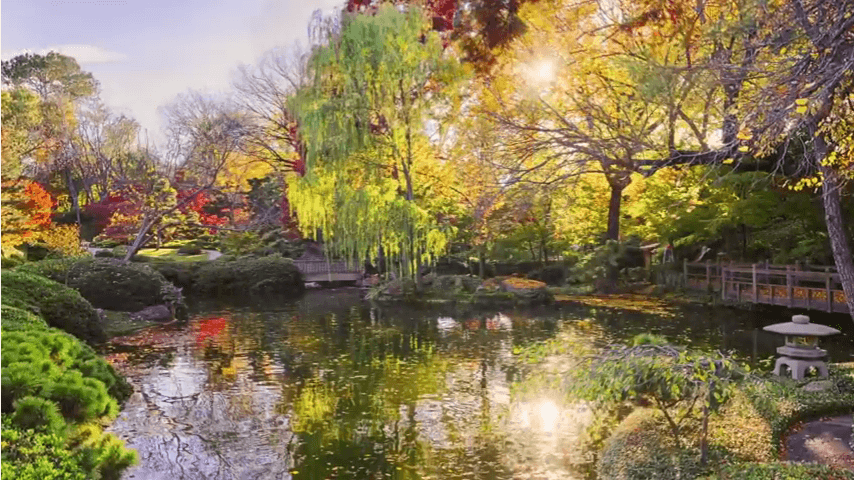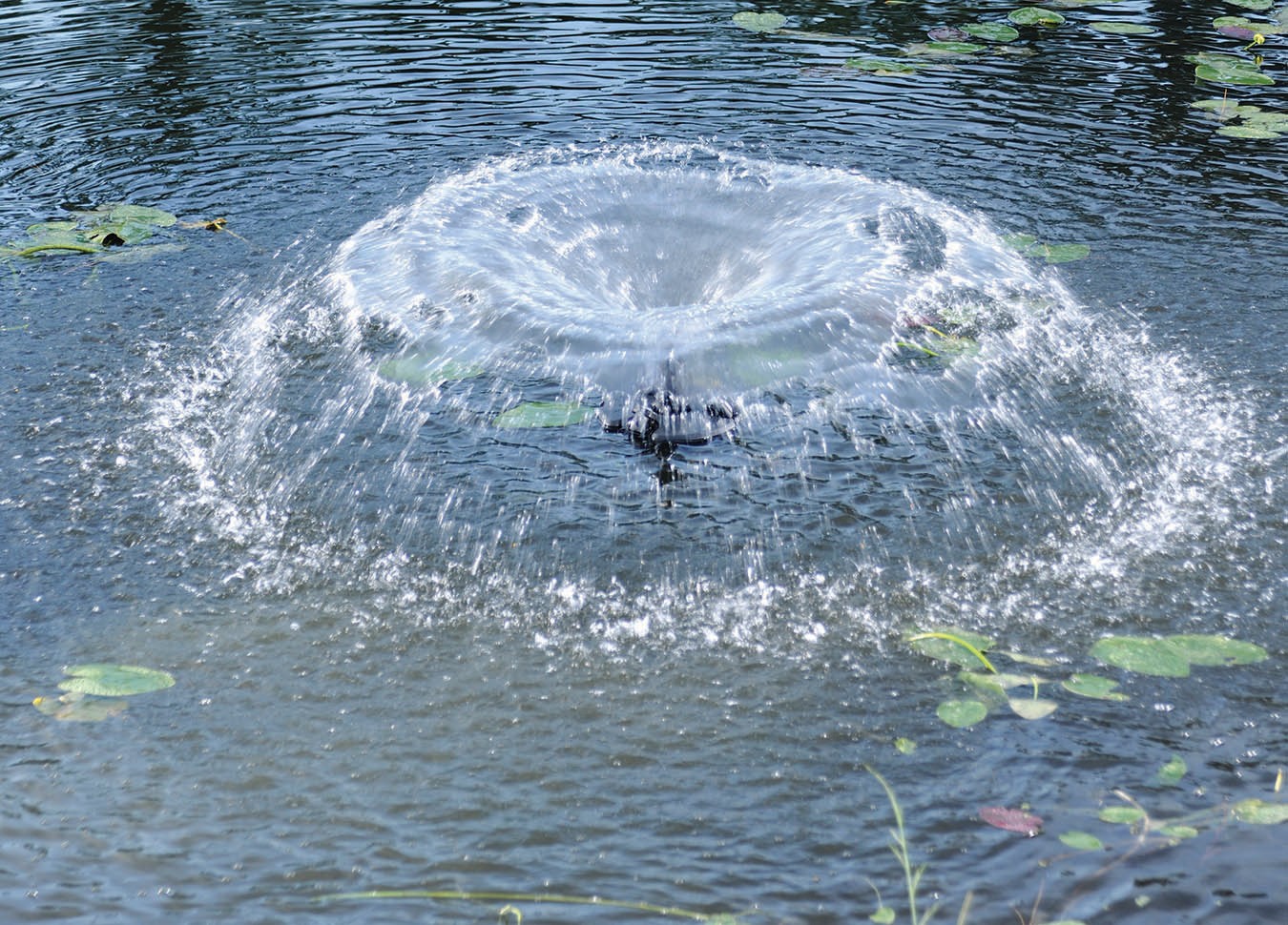
How Can I Prepare My Lake for the Cold Winter Months?
It is true that off-season lake management equals summer enjoyment. And, there are a fair number of items that occur in the winter that can cause issues as the weather warms up.
Adverse Conditions that Effect Lake Enjoyment
Algae, aquatic weeds, fish kills, and odors are naturally occurring conditions that can adversely affect the enjoyment of a lake and they are all caused by the same winter contaminations: namely, decaying trees and plant material, “deposits” from migratory waterfowl, and a severe depletion of oxygen.
How to Prepare A Lake for Winter … And Limit Winter Contamination
There are a number of methods that lake managers employ during the winter months to limit adverse conditions during the warmer months. Some of these are:
- Aerating the lake, yes, even during the winter months. A common misconception among many lake owners is that aeration for pond isn’t needed during the winter months. Yet, running a sub-surface aeration system year around provides many ecological benefits including the addition of dissolved oxygen required by fish (thus, preventing fish kills) and helping to cycle nutrients throughout the water. Additionally, increased oxygen levels help limit algae and harmful bacteria from flourishing.
- Mechanically removing excessive plant material by raking, cutting, or uprooting. This is usually only undertaken when there is an imbalance in the plant populations and a plant species is impeding the desired use and aesthetic of the lake. Before initiating any such plan to mechanically remove plants from your lake, reach out to your local watershed authority to determine if a permit is required. Also, many lake management plans follow a “let nature be natural” philosophy.
- Employing wintertime drawdown. This is where the water levels of the lake are dropped significantly. It exposes the sediments and aquatic plants to freezing temperatures, greatly limiting their populations in the coming year. It goes without saying that there can be some serious ecological issues for the lake with this method, as it affects all plant and wildlife in the shallower areas of the lake. Determine if this solution meets your needs for surrounding properties and docks, and for the plant and wildlife in and around your lake.
- Employing winter-time waterfowl prevention techniques. Migratory birds, such as Canadian geese, can cause water toxicity issues as their droppings decompose and set the stage for early oxygen depletion the following year. Techniques to manage birds depend on lake size, type of bird, proximity of human habitation, and feeding areas and may require federal permits before initiating. Options may include the construction of fences, walls or buffer strips of shrubs along lake shorelines to prohibit easy movement in and out of the water for the birds, just to name a few.


